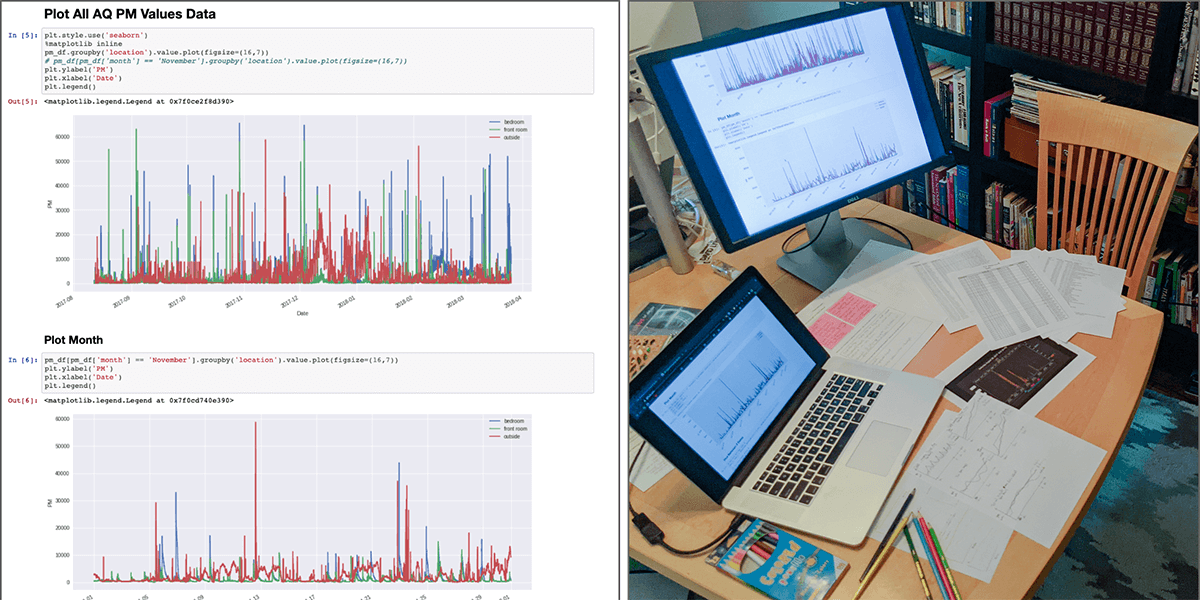
Abstract
Whether investigating research questions or designing systems, many researchers and designers need to engage users with their personal data. However, it is difficult to successfully design user-facing tools for interacting with personal data without first understanding what users want to do with their data. Techniques for raw data exploration, sketching, or physicalization can avoid the perils of tool development, but prevent direct analytical access to users' rich personal data. We present a new method that directly tackles this challenge: the data engagement interview. This interview method incorporates an analyst to provide real-time personal data analysis, granting interview participants the opportunity to directly engage with their data, and interviewers to observe and ask questions throughout this engagement. We describe the method's development through a case study with asthmatic participants, share insights and guidance from our experience, and report a broad set of insights from these interviews.
Citation
Jimmy Moore,
Pascal Goffin,
Jason Wiese,
Miriah Meyer
An interview method for engaging personal data
The Proceedings of the ACM on Interactive, Mobile, Wearable and Ubiquitous Technologies (IMWUT), 5(4): 1-28, doi:10.1145/3494964, 2021.
BibTeX
@article{2021_imwut_interview,
title = {An interview method for engaging personal data},
author = {Jimmy Moore and Pascal Goffin and Jason Wiese and Miriah Meyer},
journal = {The Proceedings of the ACM on Interactive, Mobile, Wearable and Ubiquitous Technologies (IMWUT)},
publisher = {ACM},
doi = {10.1145/3494964},
volume = {5},
number = {4},
pages = {1-28},
month = {dec},
year = {2021}
}
Acknowledgements
The authors thank Greg Furlich for his indispensable data analysis skills, our study participants for sticking with us throughout this longitudinal study, and our anonymous reviewers for their thorough and supportive comments. This research was supported by the National Institute of Biomedical Imaging and Bioengineering of the National Institutes of Health under award number U54EB021973; the National Science Foundation under award number 1936071; and by the Wallenberg AI, Autonomous Systems and Software Program (WASP) and the Knut and Alice Wallenberg Foundation. The content is solely the responsibility of the authors and does not necessarily represent the official views of these funding agencies.